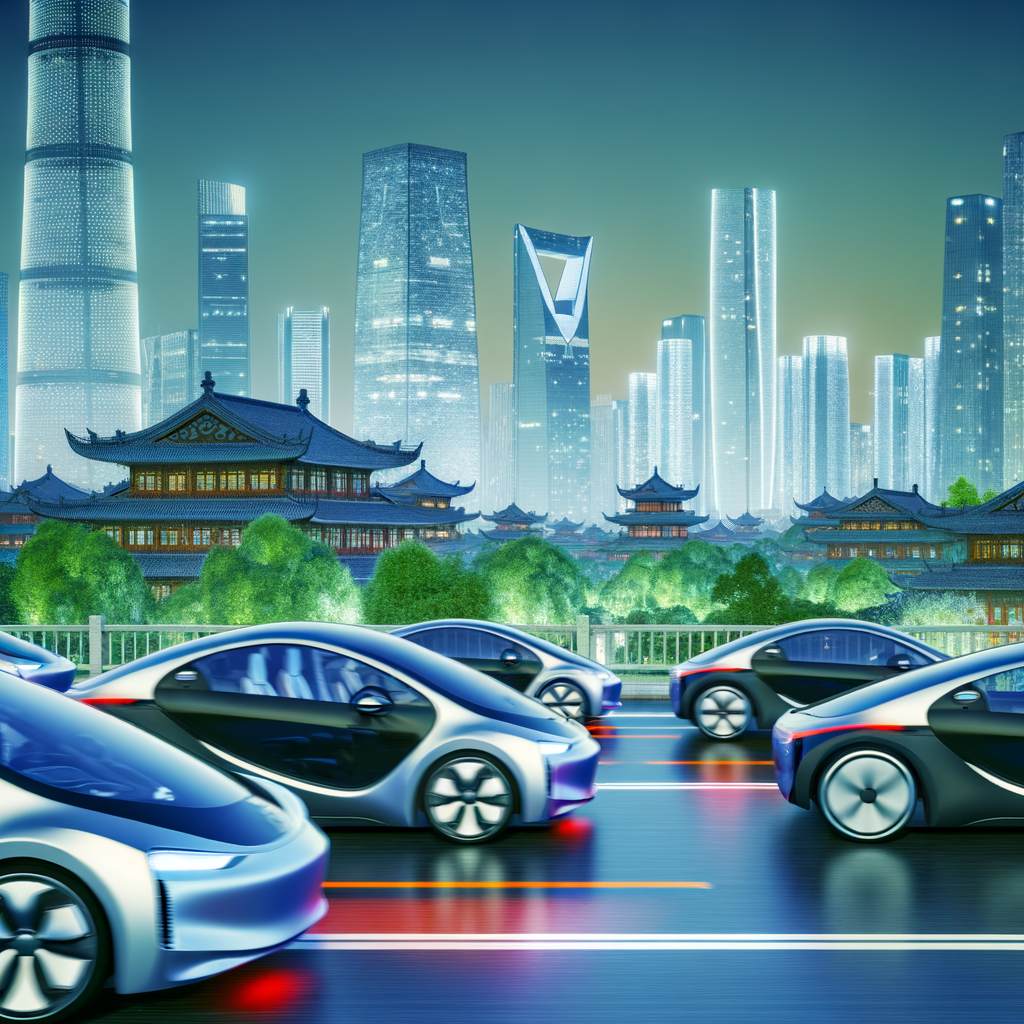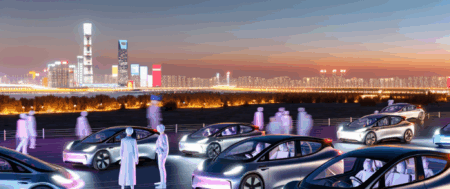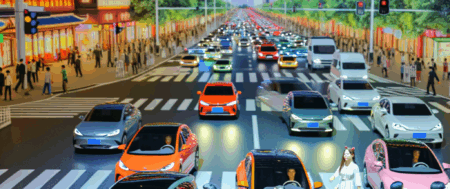China, the top and largest automotive market globally, is witnessing a dynamic shift towards Electric Vehicles (EVs) and New Energy Vehicles (NEVs), driven by consumer preferences, technological advancements, and government incentives. The growing economy and urbanization are key factors in this market growth, pushing both foreign automakers and domestic car brands to navigate a complex regulatory landscape. Strategic partnerships and joint ventures are essential for accessing China’s vast consumer base and complying with policies favoring domestic manufacturers. Amidst intensifying market competition, understanding consumer preferences and leveraging technology are crucial for success in China’s evolving automotive sector, emphasizing the importance of adapting to environmental concerns and the competitive, rapidly changing market environment.
In the ever-evolving landscape of the global automotive industry, China stands out as a powerhouse, boasting the title of the world’s largest automotive market. This distinction is not just in terms of sheer production and sales volume but also reflects the dynamism and complexity that come with a rapidly growing economy, expanding urbanization, and an increasingly affluent middle class. As the epicenter of automotive innovation and consumer trends, China’s market is a fascinating study of contrasts, where domestic car brands vie for supremacy alongside foreign automakers, and the drive towards sustainability is as relentless as the pace of technological advancements. This article delves deep into the heart of China’s automotive sector, exploring how electric vehicles (EVs) and new energy vehicles (NEVs) are becoming the linchpins of future mobility, aided by substantial government incentives and a collective environmental consciousness.
We navigate through the intricate web of joint ventures between global giants and local behemoths, a strategic maneuver critical for foreign automakers to access China’s vast consumer base while adhering to its complex regulatory landscape. Understanding consumer preferences emerges as a crucial element in this highly competitive market, where success is as much about innovation as it is about alignment with the local ethos. The article further examines how technological advancements, bolstered by government incentives, are propelling the rise of eco-friendly vehicles, setting new standards in the drive towards green.
From global players to local favorites, the interplay of foreign and domestic brands showcases a dynamic competitive arena, influenced heavily by government policies, market competition, and strategic partnerships. As we look towards the future, it’s clear that navigating China’s automotive market requires a nuanced understanding of its challenges and opportunities – from global economic trends to environmental concerns – making it a compelling narrative of resilience, adaptation, and forward-thinking. Join us as we explore the key facets of this fascinating market, from the power of partnership to steering through challenges, in our comprehensive coverage of China’s unparalleled automotive landscape.
1. Navigating the World’s Largest Automotive Market: Insights into China’s Booming Economy and Urbanization Impact

Navigating the world’s largest automotive market, China, requires a nuanced understanding of its booming economy and the significant impact of urbanization. As the top player in the global automotive sector, China’s market is not only the largest in terms of production and sales but also the most dynamic and competitive. The rapid growth of the Chinese economy, coupled with an expanding middle class and increasing urbanization, has propelled the demand for both domestic car brands and foreign models.
One of the most noteworthy trends in China’s automotive market is the surge in popularity of Electric Vehicles (EVs) and New Energy Vehicles (NEVs). This shift is largely driven by government incentives aimed at reducing environmental pollution and promoting sustainable development. As a result, EVs and NEVs have become the focal point of consumer preferences, with China leading the world in their adoption. The success of these vehicles in the market is also a testament to the technological advancements being made in the automotive industry, further fueled by the Chinese government’s support.
Foreign automakers looking to tap into this lucrative market face a complex regulatory landscape. To successfully navigate this, many choose to form joint ventures with local Chinese companies. These strategic partnerships are crucial for foreign brands to access China’s vast consumer base and to comply with local regulations, which often favor domestic manufacturers. The collaboration between foreign and domestic firms has led to a blending of international quality with local market insights, creating products that cater to the unique tastes and preferences of Chinese consumers.
Moreover, the impact of urbanization cannot be overstated. As more Chinese citizens move to urban areas, the demand for automobiles has skyrocketed, further fueling market competition. This urban shift has also led to increased environmental concerns, pushing the market towards greener alternatives like EVs and NEVs.
In conclusion, the China automotive market’s landscape is shaped by a combination of a growing economy, rapid urbanization, consumer preferences, technological advancements, and government incentives. For foreign automakers and domestic car brands alike, success in this market requires not just an understanding of these factors but also an ability to form the right strategic partnerships and navigate the regulatory environment. As the market continues to evolve, staying abreast of these trends will be key to capturing the opportunities presented by the world’s largest automotive market.
In conclusion, the China automotive market stands as the top and largest automotive market globally, driven by its growing economy, expanding urbanization, and an ever-increasing middle class. This market is not only a battleground for domestic car brands but also a lucrative field for foreign automakers, thanks to the high demand spanning electric vehicles (EVs), new energy vehicles (NEVs), and traditional models. The shift towards EVs and NEVs, propelled by environmental concerns and generous government incentives, underscores China’s commitment to pioneering a sustainable automotive future.
Navigating this complex market requires a keen understanding of the regulatory landscape, consumer preferences, and the importance of forming strategic partnerships through joint ventures. These elements are crucial for both domestic and foreign players aiming to tap into the vast consumer base. The dynamic nature of the market, fueled by technological advancements and global economic trends, further accentuates the need for agility and innovation among automakers.
As the industry evolves, the emphasis on electric and new energy vehicles will likely grow, mirroring the global shift towards cleaner, more sustainable transportation solutions. Success in China’s automotive market, therefore, hinges on the ability to adapt to its fast-changing environment, understanding and leveraging the unique blend of government policies, market competition, and consumer behaviors. For companies willing to navigate these challenges, the rewards are substantial, offering a significant share in the world’s largest automotive market.






